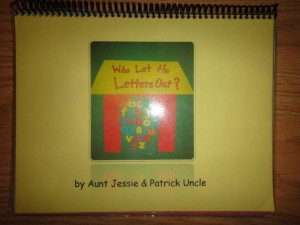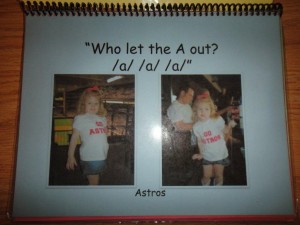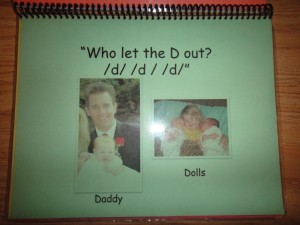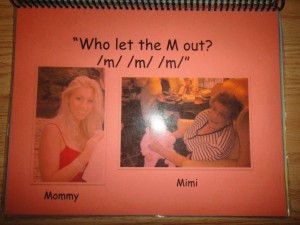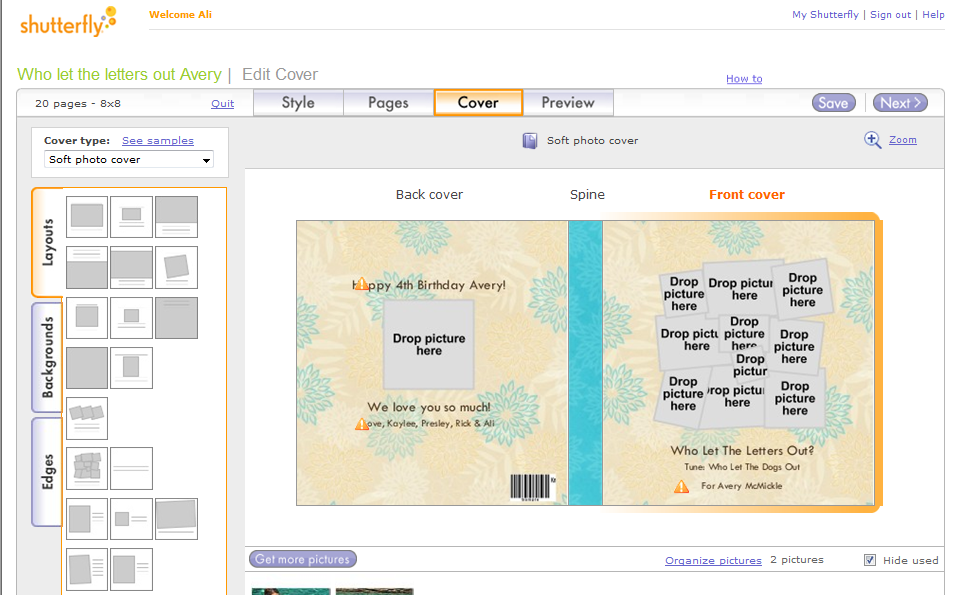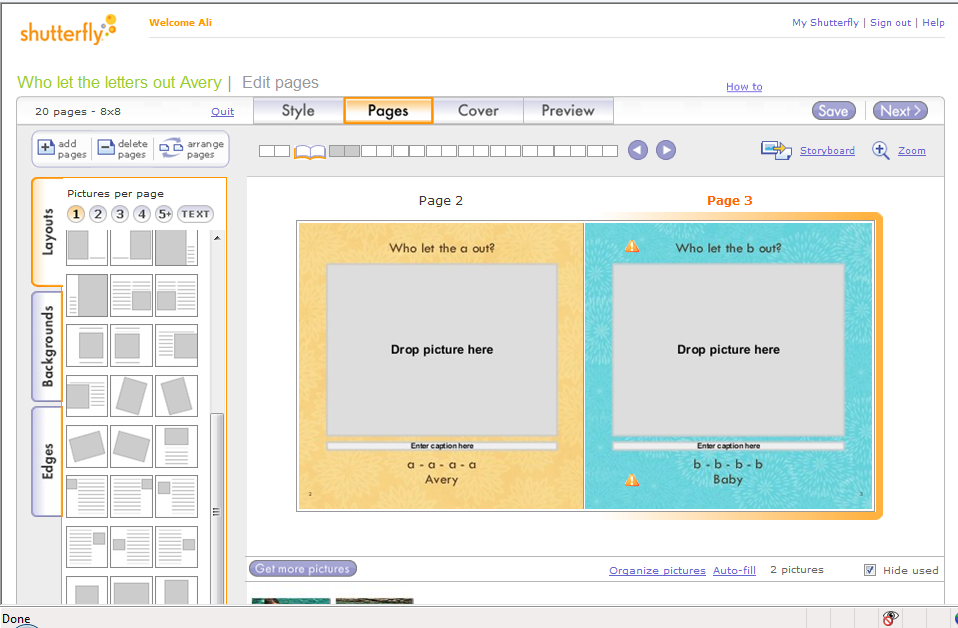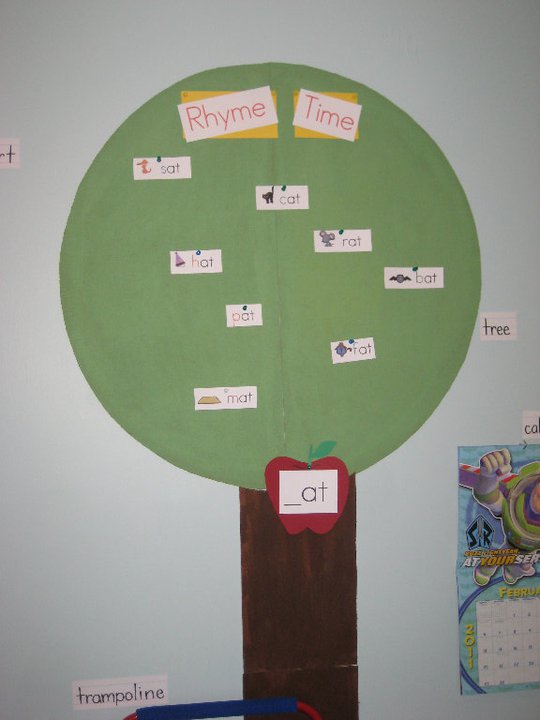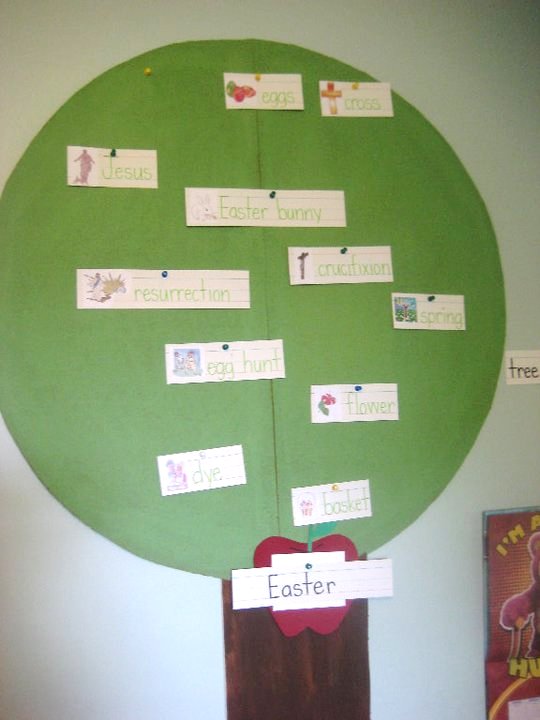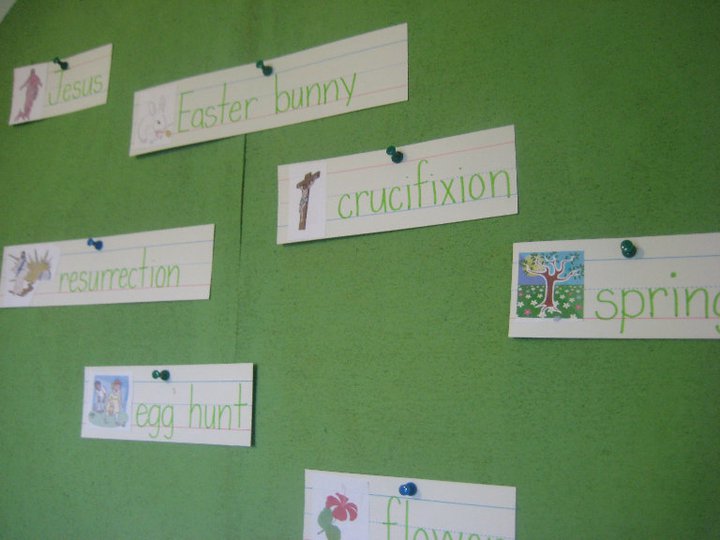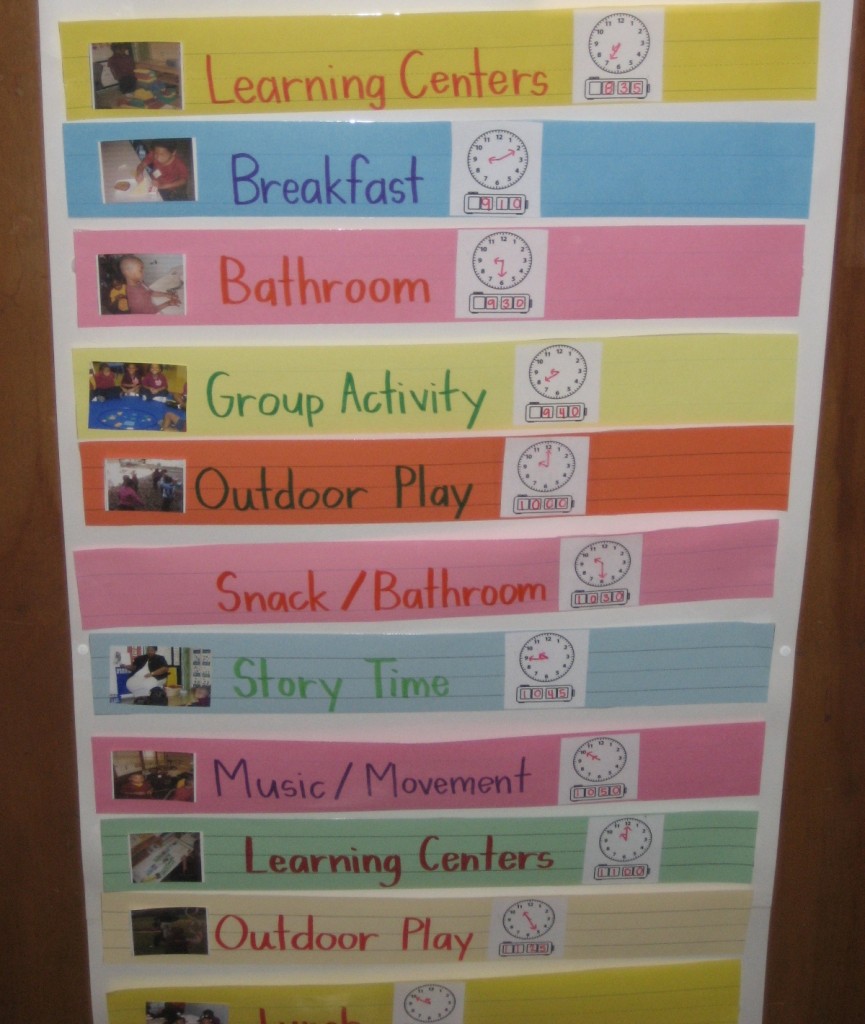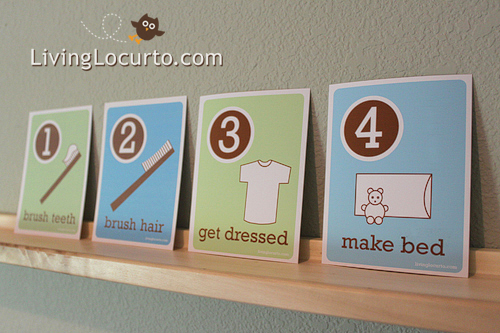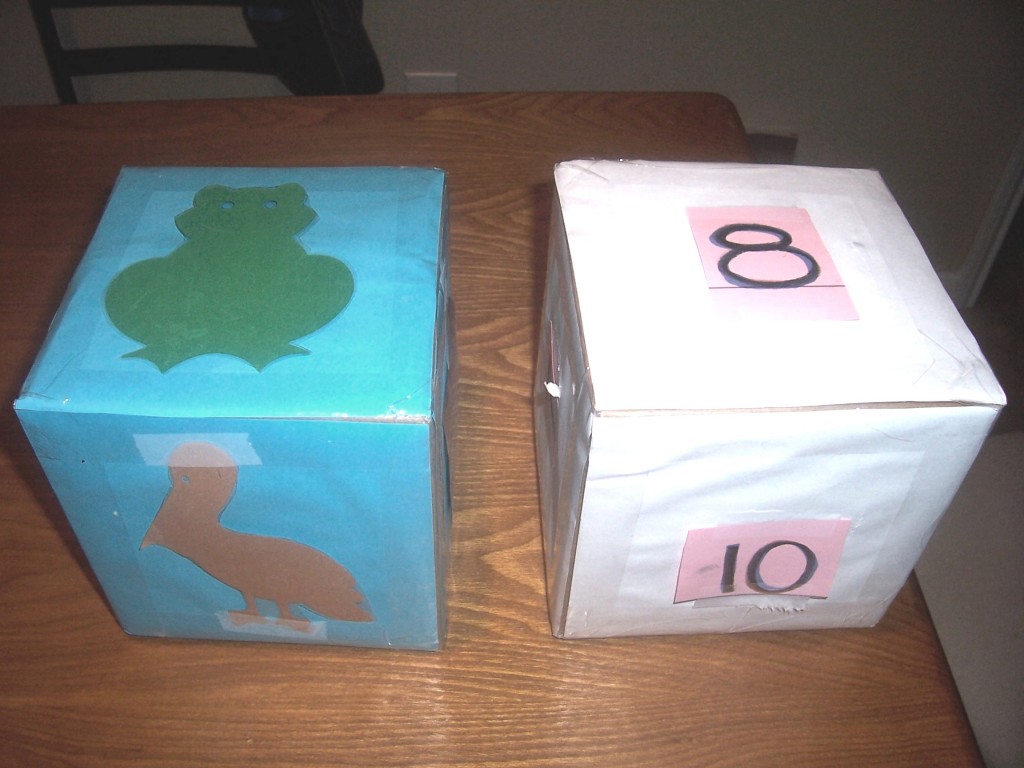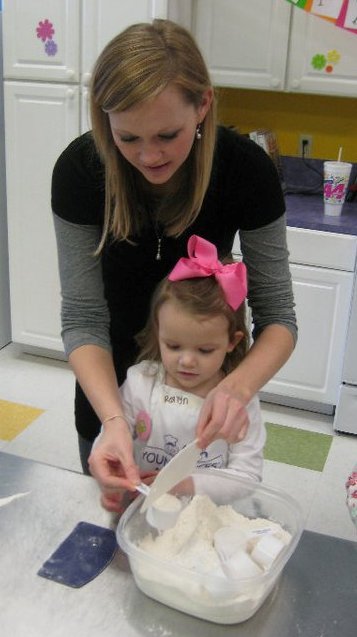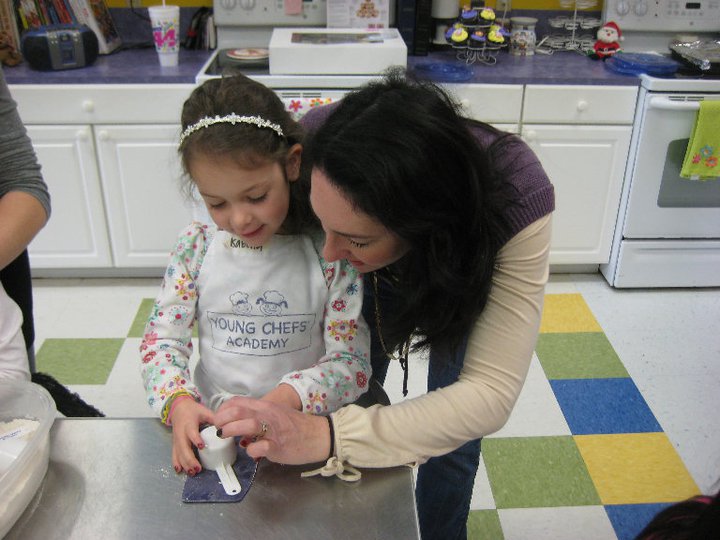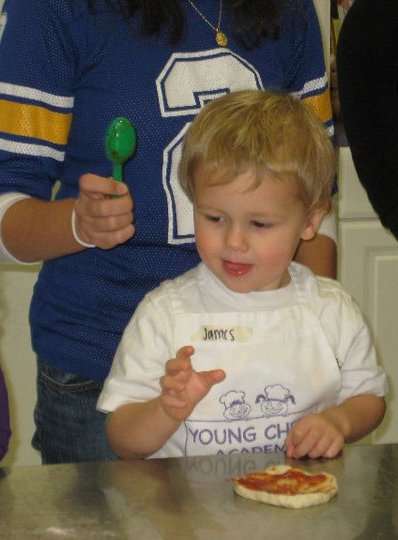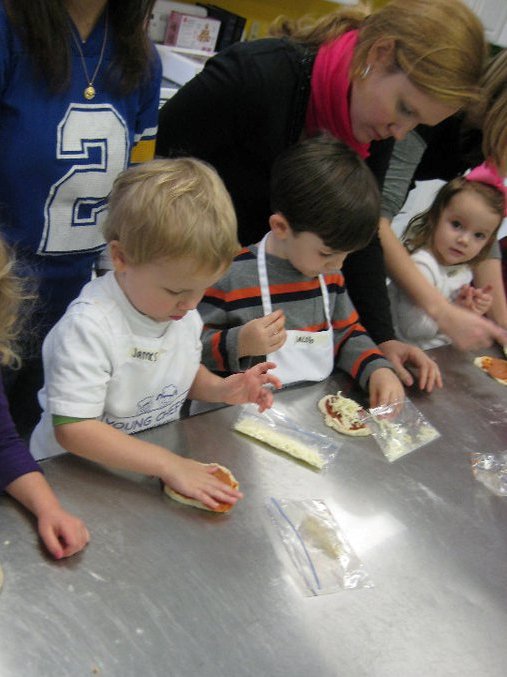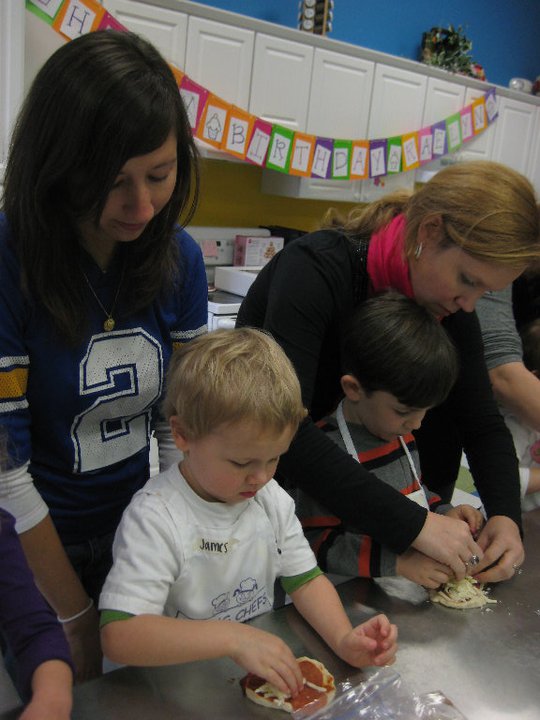A few years ago I decided to make my super-amazing niece a personalized ABC book for Christmas.
To start, I wrote out the ABCs in a powerpoint document (one letter per slide) and then I inserted pictures that I had of my niece and her loved ones in front of the letter that corresponded to the beginning sound, like this:
A – picture of Kaylee at an “Astros” Game
B – picture of Kaylee with her “Becca”
C – picture of Kaylee with her Uncle “Chris”
D – picture of Kaylee with her “Daddy” and so on.
I put the book to a song so that Kaylee could read it and develop fluency independently. The song was Dr. Jean’s “Who Let the Letters Out” to the tune of “Who Let The Dogs Out?” For each letter the page read “Who let the “A” out? /a/ /a/ /a/ astros and you simply replace the letters like this “/a/” with the letter sound. Then,I printed the pages onto colored cardstock, laminated them, and bound them together with a spiral.
Kaylee called my husband “Patrick Uncle” when she was two.
This would be a great book for you to make for your little one because it really makes the letter-sound associations so meaningful.
My sister, Ali (the beautiful “Mommy” on the letter M page), had a GREAT idea…. When she went to re-create the book for a friend, she started a digital book (examples are shutterfly, mypublisher, or snapfish).
Here she added a dedication and a title page with the instructions.
And here she added the words in ABC order in the user friendly way that you would read/sing the lyrics. She was going to add pictures of the word associations in the drop-boxes after she received them.
This method of making the book is really practical because these companies make it pretty foolproof and they send you the bound book which looks very professional. So, it is up to you – if you are the type of person who likes to make things by hand or if you are the type who likes to save the time and make it online! Either way, if you make one, send me a picture or attach it to the Mommy Teacher Page to share with other mommies!

